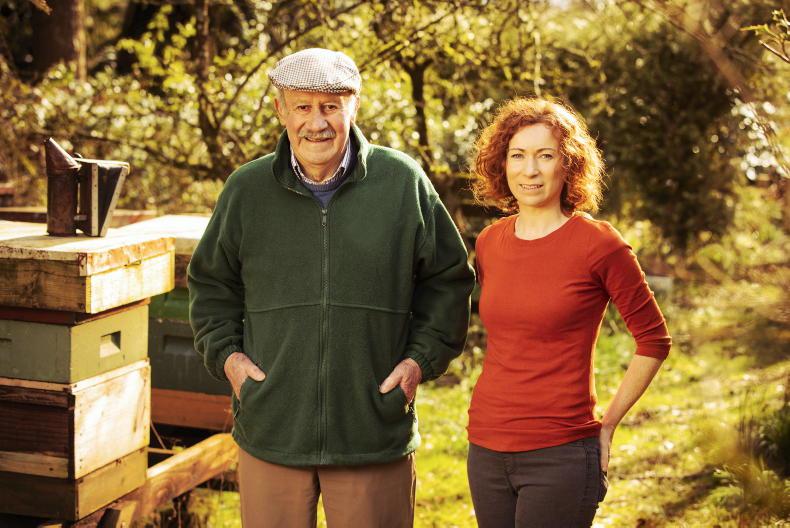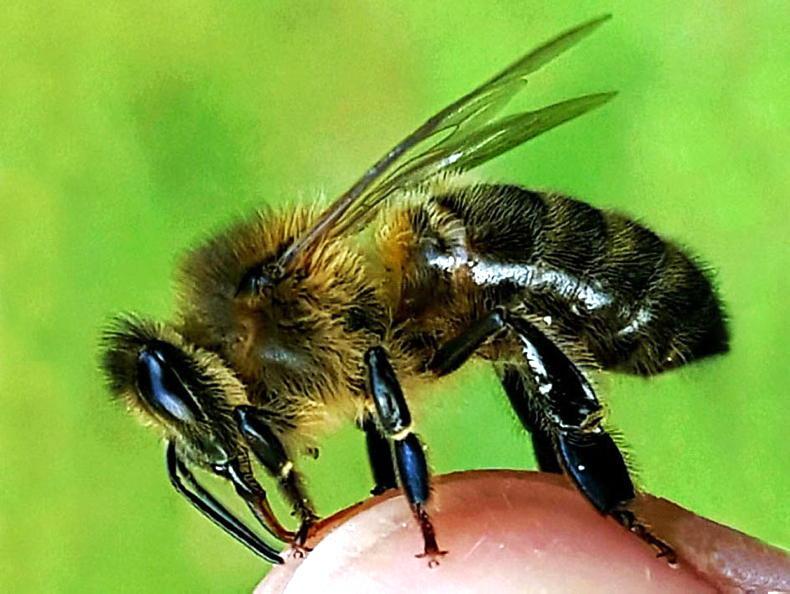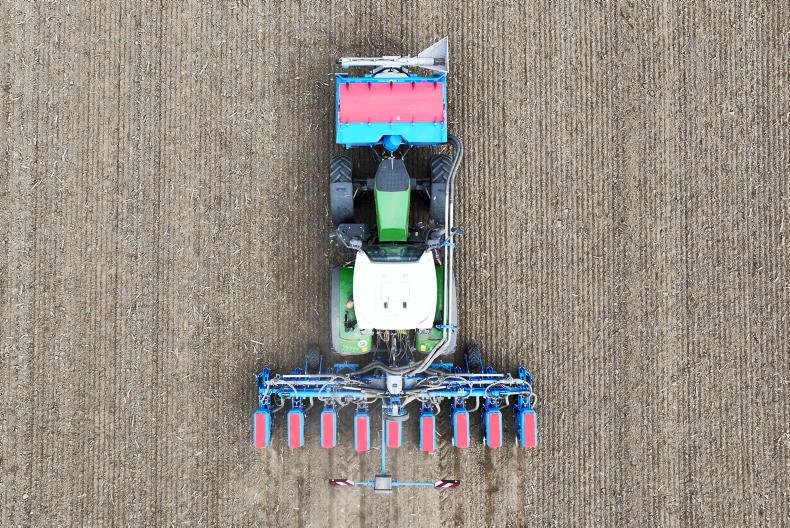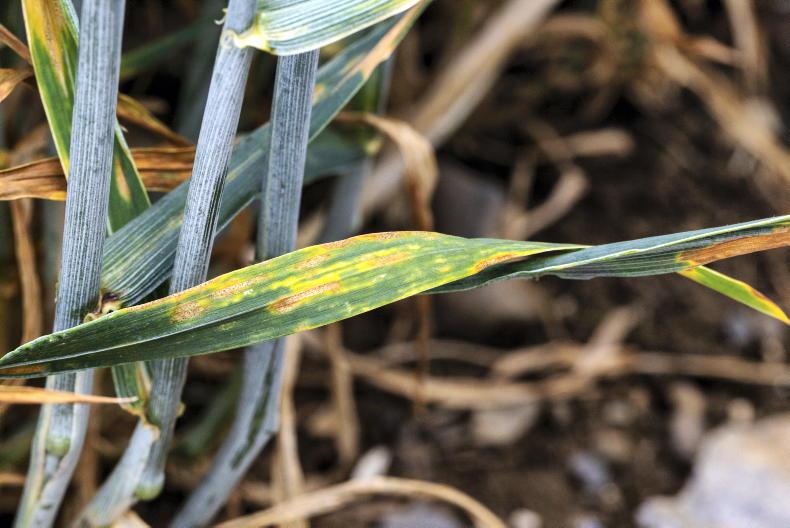DEAR EDITOR: It is very encouraging that so many people in the farming community are planting areas of wildflowers to encourage bees and other pollinators, but there are some anomalies in the seed mixes that are commonly available.
Some 99.9% of these mixes contain species that can no longer be defined as ‘native Irish’ wildflowers as two of these were probably extinct in the wild by the early 1980s, as noted in the second edition of that definitive botanical book An Irish Flora by Professor Webb.
I do not know if the plants are now being grown in Ireland for seed, but when wildflower growing became popular, the seeds of both plants were imported from Italy and, although similar, are not genetically the same as the original Irish species.
Cornflower is a beautiful plant and a great pollinator, but is sadly no longer a native Irish plant.
Poisonous
Corncockle, Agrostema Githigo, is a different matter as it contains high levels of toxins that are dangerous to all livestock. I am old enough to have seen bullocks die after eating the plant and it was not a pretty sight.
Corncockle was a corn field weed, growing in the edges of tillage areas and my grandfather employed girls during the summer to look for and destroy the plants to avoid seeds contaminating the grain.
It is a very fleeting annual and in our climate it may not reseed and establish, but as the plant is poisonous at all stages, I am concerned that all farmers should be aware of the danger, and should request a seed mix that does not include corncockle.
I am a keen protector of our native flora and fauna, but am also a keen protector of our livestock.










SHARING OPTIONS